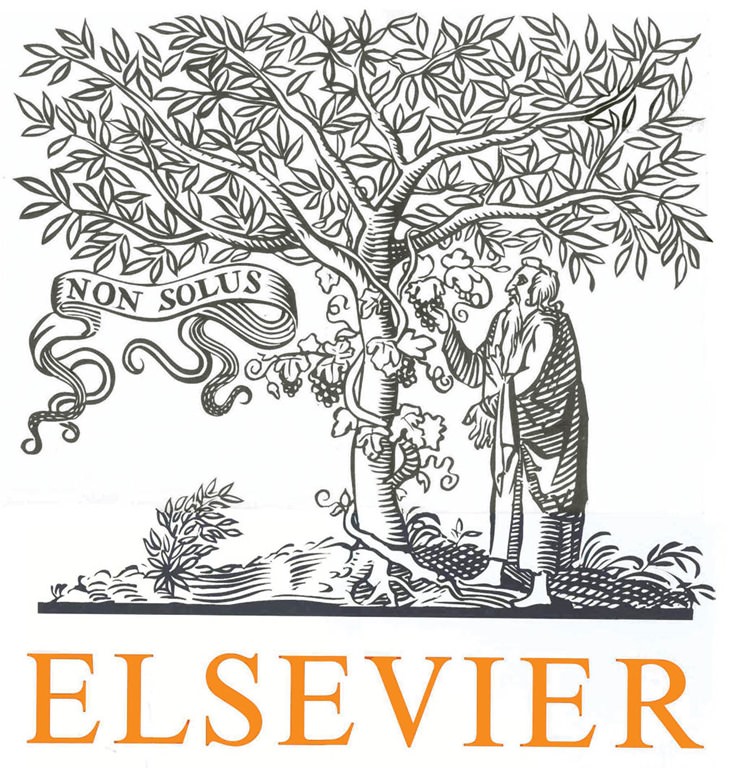Conclusions and Outlook
In recent years, scientists have made considerable advances in unraveling the psychology of trait anger. A visual summary of the major research findings on trait anger is provided by Figure 1. Self-report measures of trait anger predict situational angry feelings and aggression in both everyday life and well-controlled laboratory studies. Trait anger has been linked to cognitive biases, such as reduced capacity for effortful control, which lead high trait anger people to quickly perceive their surroundings as hostile. Finally, high trait anger is linked to increased approach motivation, especially in threatening situations. So far, the cognitive and motivational processes associated with trait anger have been investigated independently. However, the distinction between motivation and cognition is somewhat artificial, given that motivation and cognition are known to interact continuously [45]. Such motivation-cognition interactions are likely to be important in trait anger. Indeed, ground-breaking studies have shown that anger-related approach motivation leads to perceptional and conceptual narrowing of attention *[46]. More research along these lines will be needed to unravel the interplay of motivation and cognition in trait anger.








